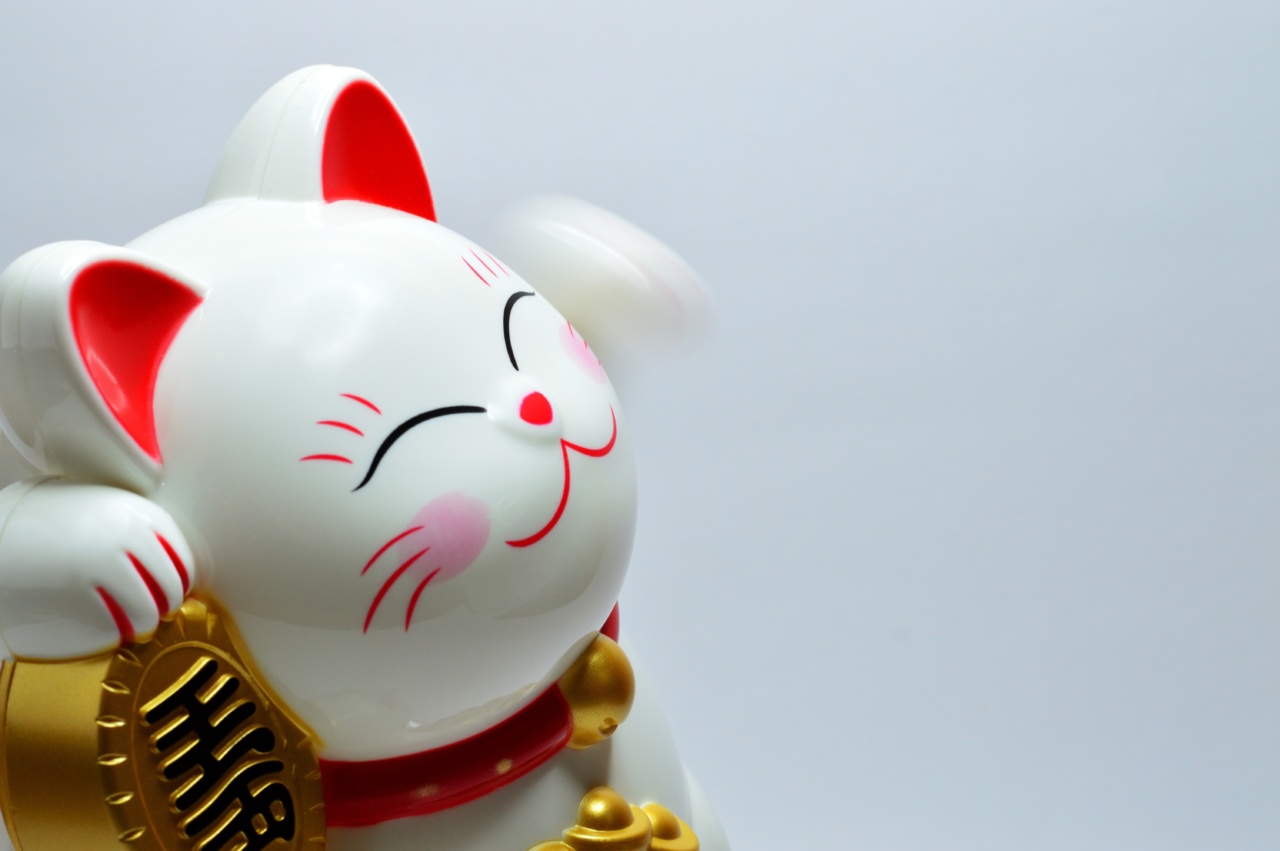Cellulite is a pesky condition that affects millions of men and women worldwide. Despite the prevalence of cellulite, many misconceptions still exist about the causes and treatment of this problem.
Some of these myths are harmless, but others can lead to ineffective treatment or, worse, can cause harm. In this article, we’ll debunk 10 of the most common cellulite myths that you should stop believing for good.
Myth #1: Only Overweight People Get Cellulite
Many people associate cellulite with being overweight, but this is not entirely true. While excess fat can contribute to cellulite, thin people can also develop it. Cellulite is caused by the structure of your skin, not just how much fat you have.
So even if you are thin, you can still get cellulite if your skin is structured in a way that promotes it.
Myth #2: Cellulite Is Only on the Thighs and Butt
Cellulite is most common on the thighs and butt, but it can also appear on other parts of the body. It can appear on the arms, stomach, calves, and even on the neck.
Cellulite can also manifest as dimples or lumps on the skin, not just as a general “cottage-cheese” appearance.
Myth #3: Men Don’t Get Cellulite
Although cellulite is more common in women, men can still develop it. Men’s skin tends to be thicker than women’s, so cellulite may not be as noticeable.
However, men can still have the same underlying structural problems in their skin that women do.
Myth #4: Cellulite Is Caused by Toxins
There is no evidence that toxins cause cellulite. Cellulite is caused by the way your skin is structured.
It’s true that diet and exercise can help reduce the appearance of cellulite, but this is because they reduce fat accumulation, not because they remove toxins.
Myth #5: You Can Get Rid of Cellulite with Creams and Lotions
Many creams and lotions claim to reduce cellulite, but there is little evidence that they actually work. Some ingredients, like caffeine and retinol, may temporarily reduce the appearance of cellulite by tightening the skin or increasing circulation.
However, these effects are only temporary and don’t address the underlying structural problem that causes cellulite.
Myth #6: Liposuction Can Cure Cellulite
Liposuction is a procedure that removes fat from the body, but it does not address the underlying structural problem that causes cellulite. In fact, liposuction can make cellulite worse by creating more unevenness under the skin.
So while liposuction may be able to remove excess fat, it is not a solution for cellulite.
Myth #7: Cellulite Goes Away with Weight Loss
Losing weight can reduce the appearance of cellulite, but it won’t eliminate it completely. Remember that cellulite is caused by the structure of your skin, not just how much fat you have.
So even if you lose weight, you may still have cellulite if your skin is structured in a way that promotes it.
Myth #8: Cellulite Is Genetic and Cannot Be Prevented
While genetics can play a role in the development of cellulite, it’s not the only factor. Factors like diet, exercise, and lifestyle choices can all contribute to the development of cellulite.
So while you may be predisposed to cellulite, you can still take steps to reduce its appearance and prevent it from getting worse.
Myth #9: All Cellulite Treatments Are Equally Effective
There are many cellulite treatments available, but they are not all equally effective. Some treatments, like creams and lotions, have little scientific evidence to support their effectiveness.
Other treatments, like laser therapy and radiofrequency, have shown promise in reducing the appearance of cellulite. However, it’s important to note that there is no one-size-fits-all solution for cellulite. The best approach depends on the individual’s specific needs and the severity of the condition.
Myth #10: Cellulite Is a Sign of Poor Health
Finally, it’s important to remember that cellulite is a cosmetic issue, not a health issue. While it may be frustrating to deal with, cellulite does not indicate poor health or a risk for other health problems.
So if you have cellulite, don’t worry – you’re not alone, and it’s not a cause for alarm.
























